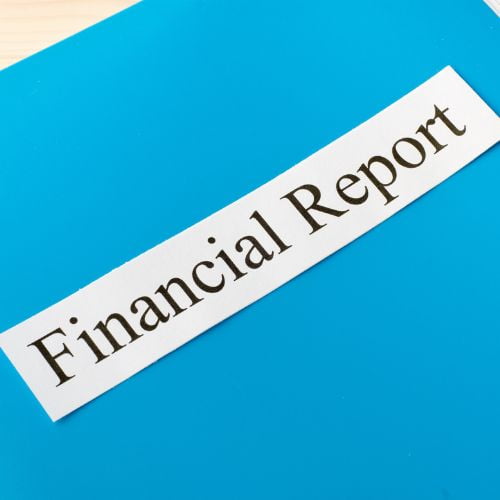While many people are aware that an asset register can aid in asset management, they are not always aware that a register can do more. In fact, an asset register is capable of aiding financial reporting and audit compliance. Let’s take a look at how you can use an asset register app to help you with this.
Add The Required Information To Your Asset Register
One of the very first things that you need to do is add the required information to your chosen asset register app. Add as much information about each asset as you wish. The more information that you add, the more convenient it will be later if you need such information. For example, if you add the insurance information now, you may appreciate it at a later date.
You could, for example, add some or all of the following information to your asset register:
- The cost of each asset at the time of purchase
- The asset’s warranty and insurance information
- The model, make, and colour of the asset
- The serial number
- And any other relevant information
Add as much information about each asset as you would like. Some apps/websites will let you add more information as and when required.

Double Check That Assets Have Been Verified
As soon as you have added all of the assets to your new asset register, just make sure everything has been added. Double check everything to make sure you’ve not missed anything important. If you do, any reports that you export may not be as accurate as you’d hoped.
When you can export reports from your asset register app, it makes it easier to see how your assets are performing. You could see which assets are used more often than others, or how many sales you’ve made in the last year.
Calculate Asset Depreciation
The next step that you may want to consider is calculating asset depreciation. Every single asset that you own will depreciate in value over time. This is just a part of every asset’s life cycle. You are no doubt aware that again, your financial report will need to account for any depreciation.
Fixed asset depreciation can be calculated by using the Written Down Value, units of production method, or even the straight-line method. The choice is, of course, up to you. Once you have calculated for depreciation you’ll also need to make sure that any relevant insurance and tax values are updated. Don’t forget to add all of the relevant information to your asset register app, should you wish to.
Identify Any Ghost Assets
Every business will have ghost assets. Assets such as these are those that have either broken down or been lost. They are likely to still be in the system and accounted for. However, they no longer work or they are no longer available to work. Think of that printer that is stuck in the corner of the office that hasn’t worked for 4 months. Consider that machine on your site that has broken down and is still in need of a spare part. These are known as ghost assets, along with any other asset that is lost or has been stolen.
If you can repair damaged assets quickly or retrieve lost assets, they could be used again. As a result, they will benefit your business once more. If you cannot retrieve or use the ghost assets, they still need to be accounted for.
Confirm Your Assets’ Valuation
Once your ghost assets have been dealt with and your asset register app is looking good, there’s still a little more to be done. Your next step is to confirm all of your assets’ valuation. By now, you should have a very good idea of how much each asset is worth. Each asset’s value may be more or less than you think. However, once you have those figures, you can now move on with your financial reporting and audit compliance. Just make sure that you are aware of any regulatory requirements. Keep them in mind at every stage of your financial reporting.
Make Auditing Easy
It is possible to make auditing easy if you use a reliable asset register app. When you update and add financial information to your app, it can make financial reports seem easier. Ideally, you will use an app that allows you to export reports. If you don’t, you may well find that financial reporting and audit compliance are not as straightforward as you think. When you can stay on top of all of your financial reporting, it can make running your business much easier.
If you would like to speak with an expert about using an asset register app to aid in your financial reporting and compliance contact us now at team@itemit.com.
The Ideal App For Financial Reporting And Audit Compliance
Choose a better way to track your assets
Start your free 14-day trial now
Instant access. No credit card details required.
Related articles

